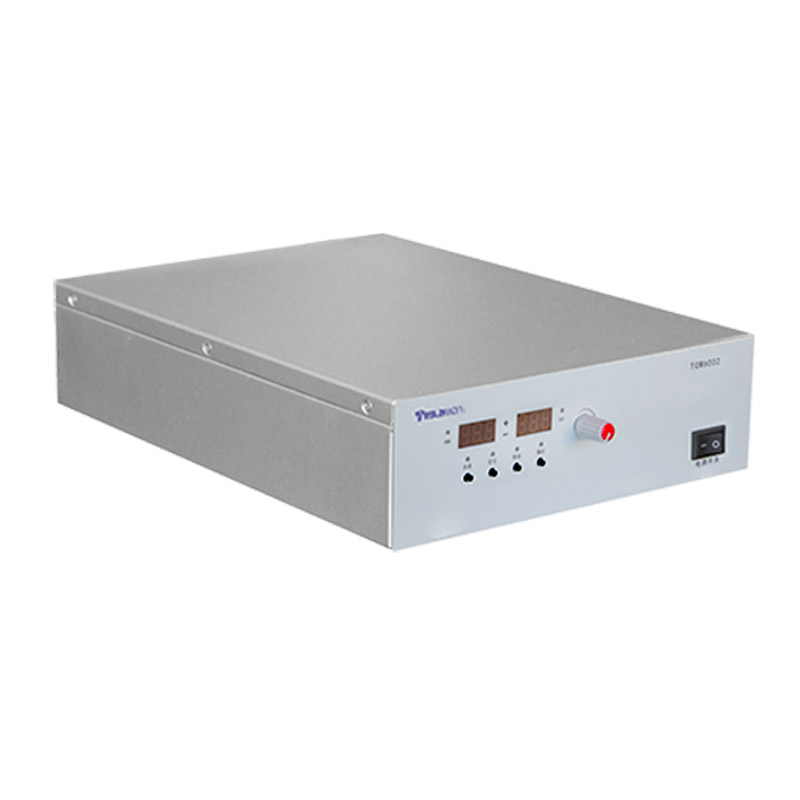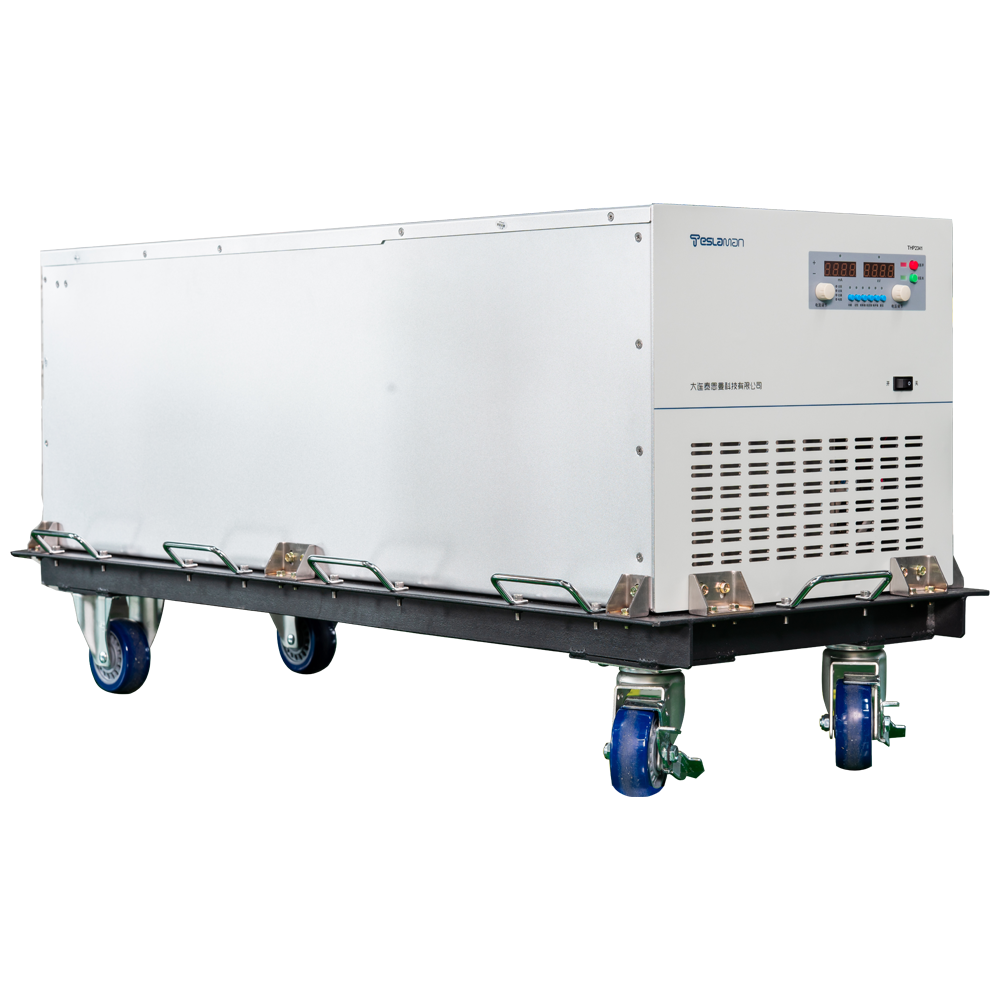Fault Prediction Algorithms for High-Voltage Power Supplies in Ion Implantation: Applications and Advances
Ion implantation is a core process in semiconductor manufacturing, where the stability of high-voltage power supplies directly determines chip yield. However, these power supplies operate under high loads and strong electric fields for extended periods, making them susceptible to electromagnetic interference, component aging, and thermal stress. Intelligent fault prediction algorithms have emerged as a critical solution to ensure reliability.
1. Failure Mechanisms and Prediction Requirements
High-voltage power supply failures primarily manifest in three forms:
1. Electrical Parameter Drift: Increased output voltage ripple (exceeding ±1%) or accelerated voltage fluctuations destabilize ion beam currents, leading to inconsistent wafer doping.
2. Power Device Degradation: High-frequency switching components like IGBTs experience aging due to thermal fatigue, increasing switching losses. Abnormal temperature rises often precede failures.
3. Control Logic Failures: Electromagnetic interference (EMI) or capacitor aging causes signal distortion on control boards, triggering false overvoltage protection or timing errors.
Traditional threshold-based alarms respond too slowly. Predictive algorithms must generate early warnings during the latent phase (e.g., when parameters deviate by <5%) to minimize unplanned downtime and wafer loss.
2. Core Technologies of Intelligent Prediction Algorithms
1. Multi-Source Data Fusion
• Electrical Signal Analysis: Real-time voltage and current waveforms are processed using wavelet transforms to extract high-frequency ripple features, identifying power output anomalies.
• Mechanical State Monitoring: Vibration sensors detect bearing wear in cooling fans, correlating with temperature data to predict power device lifespan.
• Environmental Parameter Integration: Ambient temperature, humidity, and grid fluctuations are incorporated to enhance model robustness.
2. Dynamic Prediction Models
• Time-Series Prediction (LSTM): Models power output curves to forecast voltage drift trends. LSTMs achieve 92% accuracy in ripple anomaly detection, outperforming ARIMA by 17%.
• Deep Reinforcement Learning (DRL): Agents simulate decisions based on historical failure data to dynamically adjust operating points. For example, reducing load current by 10% when IGBT junction temperatures are predicted to exceed limits prevents thermal breakdown.
• Optimization Algorithm Enhancement: Improved Dung Beetle Optimization (IDBO) fine-tunes neural network hyperparameters, avoiding local optima and accelerating convergence by 40%.
3. Digital Twin and Simulation Verification
Physical-virtual mapping models simulate electric field distributions during ion implantation using TCAD. Predictions of insulation material degradation under high fields show <8% error compared to actual measurements.
3. Industrial Applications and Value
1. Predictive Maintenance: A 12-inch wafer fab reduced power supply downtime by 60% and prevented >5,000 wafer losses annually after deploying this system.
2. Process Parameter Self-Calibration: When beam stability degradation is predicted, the system dynamically adjusts pulse width (nanosecond-level) and acceleration voltage (±0.05% accuracy) to ensure uniform implantation depth.
3. Spare Parts Management: Predicting remaining power device lifespans shortened procurement cycles from 4 weeks to 1 week, reducing inventory costs by 35%.
4. Challenges and Future Directions
Current limitations involve generalization with limited failure data. Future research will focus on:
1. Cross-Scenario Transfer Learning: Leveraging failure data from other high-voltage equipment (e.g., X-ray generators) to address data scarcity.
2. Quantum Neural Network Acceleration: Utilizing qubit parallel computing for millisecond-level real-time prediction.
3. Multi-Agent Collaborative Decision-Making: Sharing edge node data across power units enables plant-wide optimization (e.g., load balancing) to further reduce system risks.
Fault prediction algorithms for ion implantation power supplies have evolved from isolated alerts to a closed-loop sense-predict-decide framework. As semiconductor processes advance to 2nm, pushing power supply stability to physical limits, intelligent algorithms will be the core engine for breakthrough reliability.




















